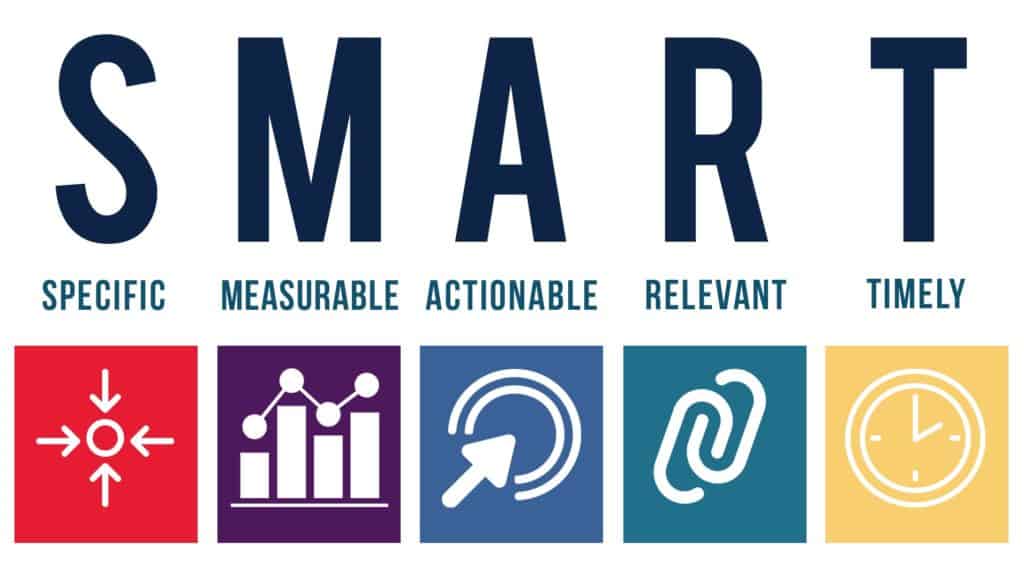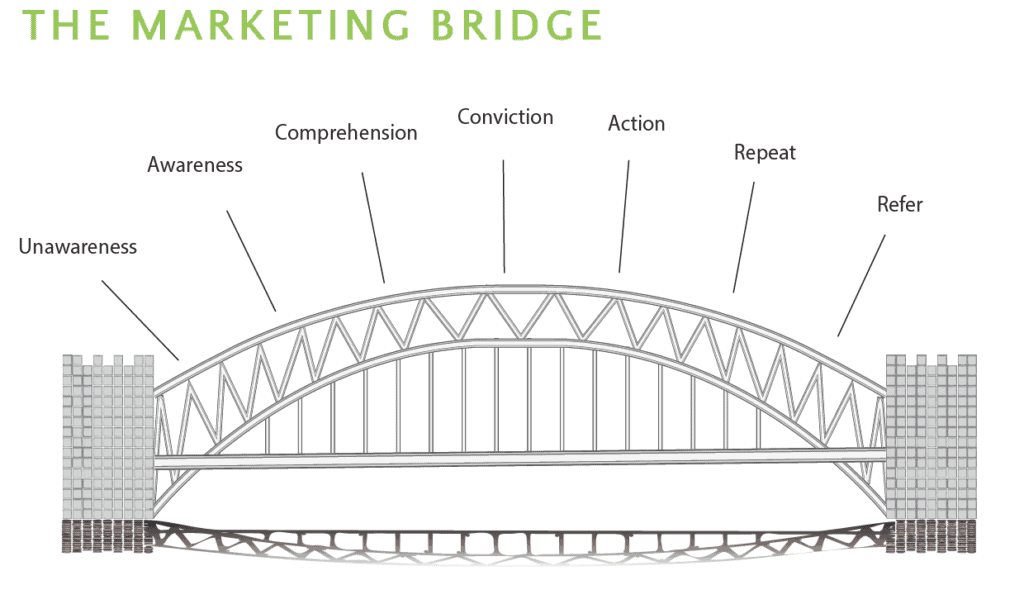 If you’re like most business leaders this time of year, you’re probably up to your eyeballs in budget planning, COVID management, end-of-year preparations, and the list continues. Creating a successful marketing strategy may feel like a monumental feat with these responsibilities competing for your limited time. But, it doesn’t have to when you have a playbook.
If you’re like most business leaders this time of year, you’re probably up to your eyeballs in budget planning, COVID management, end-of-year preparations, and the list continues. Creating a successful marketing strategy may feel like a monumental feat with these responsibilities competing for your limited time. But, it doesn’t have to when you have a playbook.
“The customer expects you to have knowledge of their stuff, not just your stuff.” – Jeffrey Gitomer
You may be thinking: “marketing strategies have to cover multiple years and be comprehensive,”—which is probably why you’re postponing the daunting process. Ideally, it’s helpful to have a five-year plan and a vision for the future. But your marketing strategy should be agile enough to handle possible and necessary changes.
Relax, take some deep breaths. and remind yourself that what you’re creating is designed to be a living thing that changes with your company’s goals. With this in mind, here is a simple guide that will help you establish your most effective marketing strategy for the coming year in three steps:
3 Steps for An Effective Marketing Strategy:
1. Identify your big-picture goal.
Your primary business objective should be identifying your big-picture goal for the following year. Maybe you just started your business and need to generate a specific amount of revenue by the end of next year to justify continuing operations. Or, perhaps you’re expanding into a new product or service line and need to get it off the ground. Whatever that goal is, it should be something that impacts the business on a fundamental level.
Don’t let this intimidate you. Your marketing strategy isn’t permanent. As your business objectives change, so will the plan that supports them. This should be a living document that guides your marketing efforts throughout the following year, based on where you see your business heading.
 2. Determine the marketing goals that support your big picture.
2. Determine the marketing goals that support your big picture.
Next, think about where your company is in comparison to your big picture. What are the marketing-related goals that you need to achieve? Determine your priorities by considering:
- What are the current market conditions? This may affect your pricing, distribution, or even your ability to offer your products or services.
- Where are your products or services in their life cycles and along the buying funnel? This is impacted by how long you’ve been in business, your brand’s position in the market, and who your target customers are.
- What can you expect in terms of resources to support your marketing needs over the next year?
Once you’ve answered these questions, you’ll be able to fine-tune your objectives for marketing over the next year.
Following, put those objectives into “SMART” terms by ensuring they’re Specific, Measurable, Attainable, Relevant, and Time-based. An excellent example for a business that’s launching a new online toy store to complement its brick and mortar location might be something like, “build awareness among parents with young children in the Charlotte market to drive sales of $75,000 by the end of 2022.”

Although it may be tempting to create a laundry list of marketing goals to bolster that big picture, it’s best to limit yourself to the three most urgent and important ones. This way, you don’t end up pulling yourself in so many directions that you can’t get any of them accomplished.
3. Identify the tactics that will get you across the finish line.
Now, you’re ready to figure out which tactics make the most sense in support of each goal you’ve set. These can include building local presence through networking, earned media (e.g., PR coverage in news outlets), paid media (e.g., broadcast media advertising), owned media (e.g., social media), online reputation management, digital marketing (e.g., Google Ads), implementing a loyalty program, and more. One way to think about which tactics to include is to consider the marketing bridge your target audience must cross with you.

Some goals may require more tactical support than others, and that’s okay. Just make sure you consider tactics that cover each stage of the marketing bridge and how each will contribute to your intended result.
“The first step in exceeding your customer’s expectations is to know those expectations.” – Roy H. Williams
In conclusion, once you’ve completed all three of these steps, congratulations! You have a marketing strategy.
Need assistance building a marketing strategy that will bolster your company’s objectives? The Kudzu Brands team is here to help!
